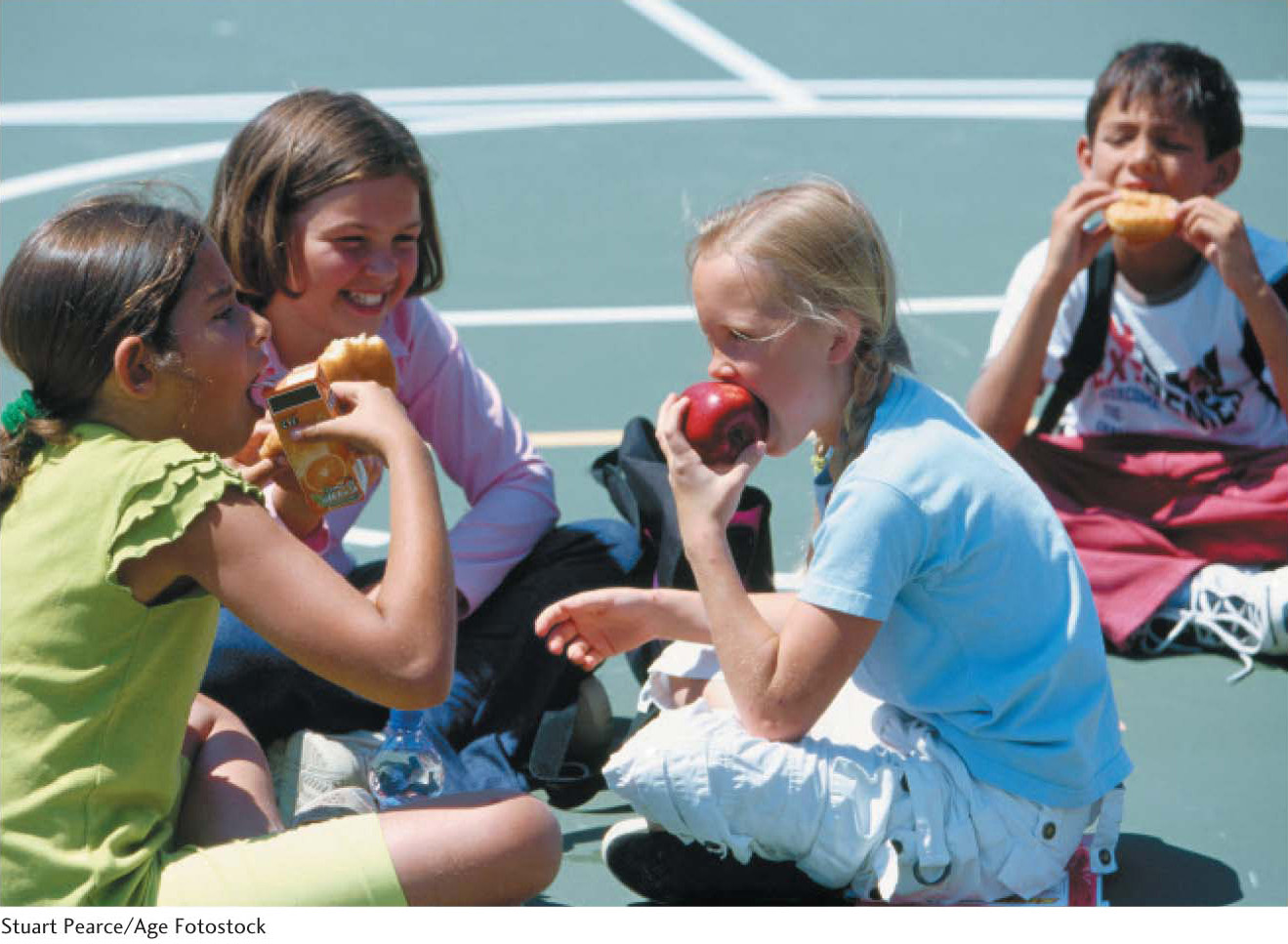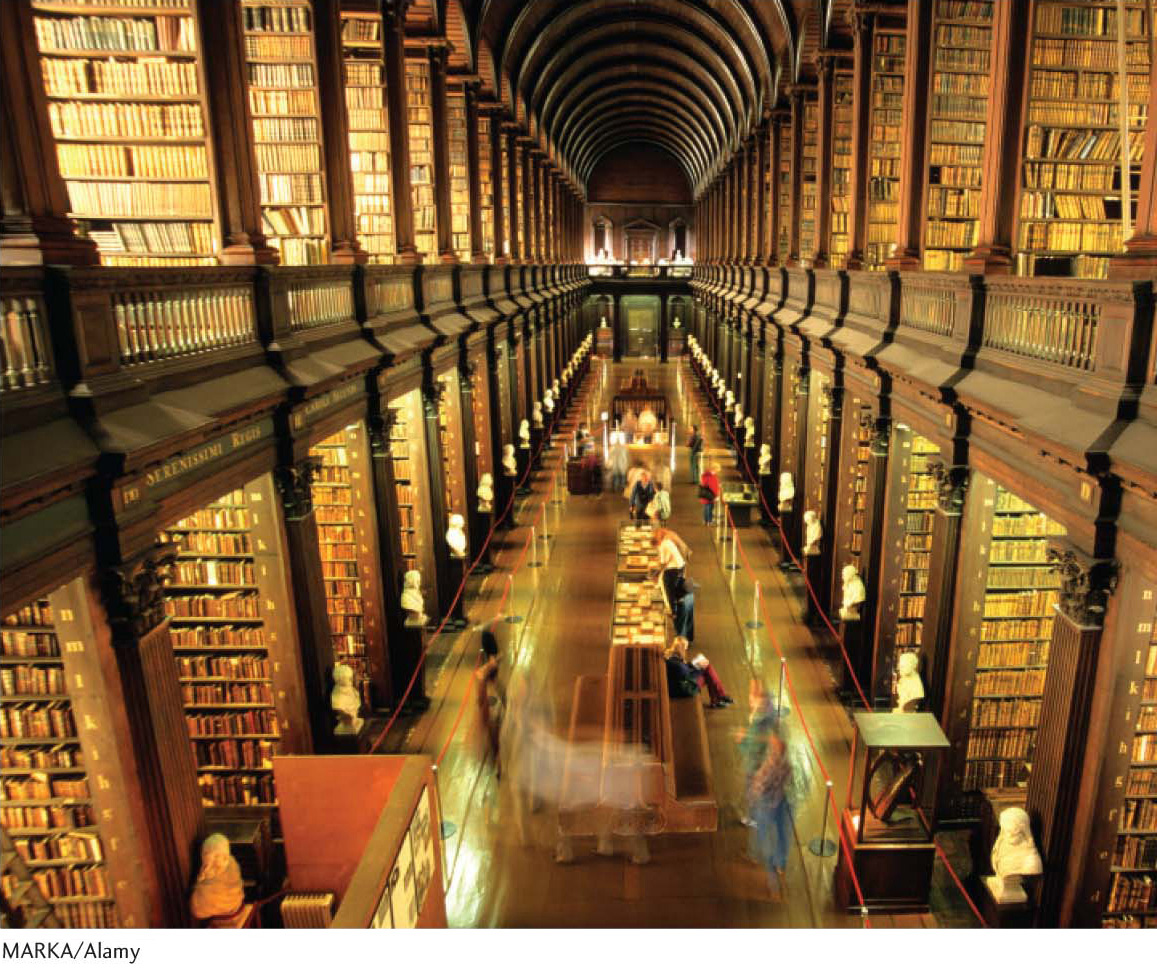
Basic Concepts and Design of Metabolism



The concepts of conformation and dynamics developed in Sections 1 through 5—
How does a cell extract energy and reducing power from its environment?
How does a cell synthesize the building blocks of its macromolecules and then the macromolecules themselves?
These processes are carried out by a highly integrated network of chemical reactions that are collectively known as metabolism or intermediary metabolism. Metabolism can be subdivided into two categories: catabolism and anabolism. Catabolism is the set of reactions that extract biologically useful energy from environmental sources, such as meals. Anabolism is the set of reactions that use this energy and small molecules derived from the breakdown of food to synthesize new biomolecules, supramolecular complexes, and cells themselves.
More than a thousand chemical reactions take place, even in an organism as simple as the bacterium Escherichia coli. The array of reactions may seem overwhelming at first glance. However, closer scrutiny reveals that metabolism has a coherent pattern containing many common motifs. These motifs include the use of an energy currency and the repeated appearance of a limited number of activated intermediates. In fact, a group of about 100 molecules have central roles in all forms of life and are processed with the use of similar pathways. Moreover, these metabolic pathways are regulated in common ways.
Before a cell can begin the metabolism of a molecule for anabolic or catabolic purposes, the molecule must be made accessible to the cell. In higher organisms such as human beings, the conversion of meals into accessible biomolecules begins in the digestive tract with the biochemical process of digestion.
We begin this section with an investigation of how meals—
✓ By the end of this section, you should be able to:
✓ 1 Describe how dietary proteins, carbohydrates, and lipids are digested.
✓ 2 Explain how the release of pancreatic enzymes is coordinated with digestion in the stomach.
✓ 3 Identify the factors that make ATP an energy-
rich molecule .✓ 4 Explain how ATP can power reactions that would otherwise not take place.
✓ 5 Describe the relation between the oxidation state of a carbon molecule and its usefulness as a fuel.